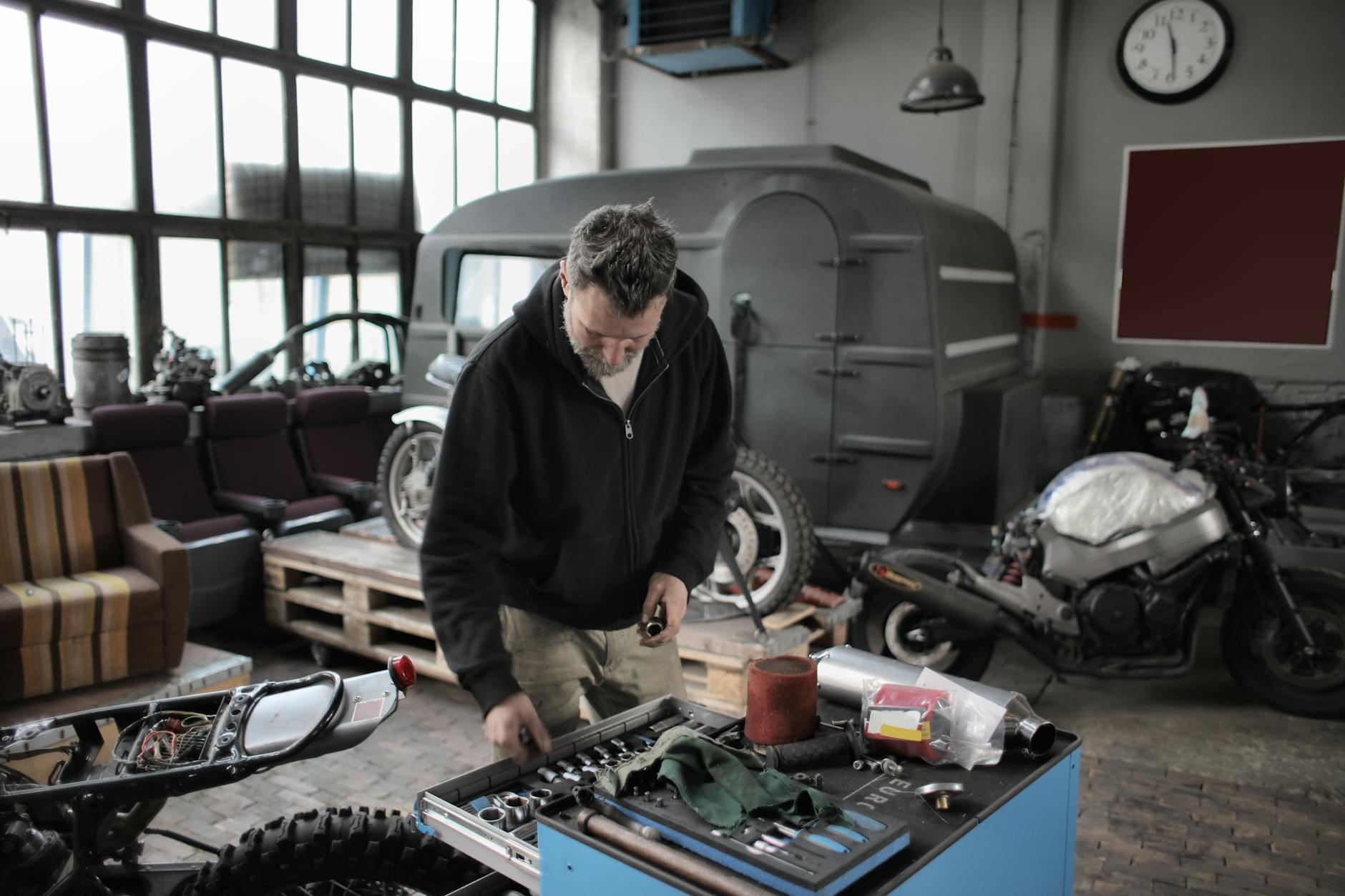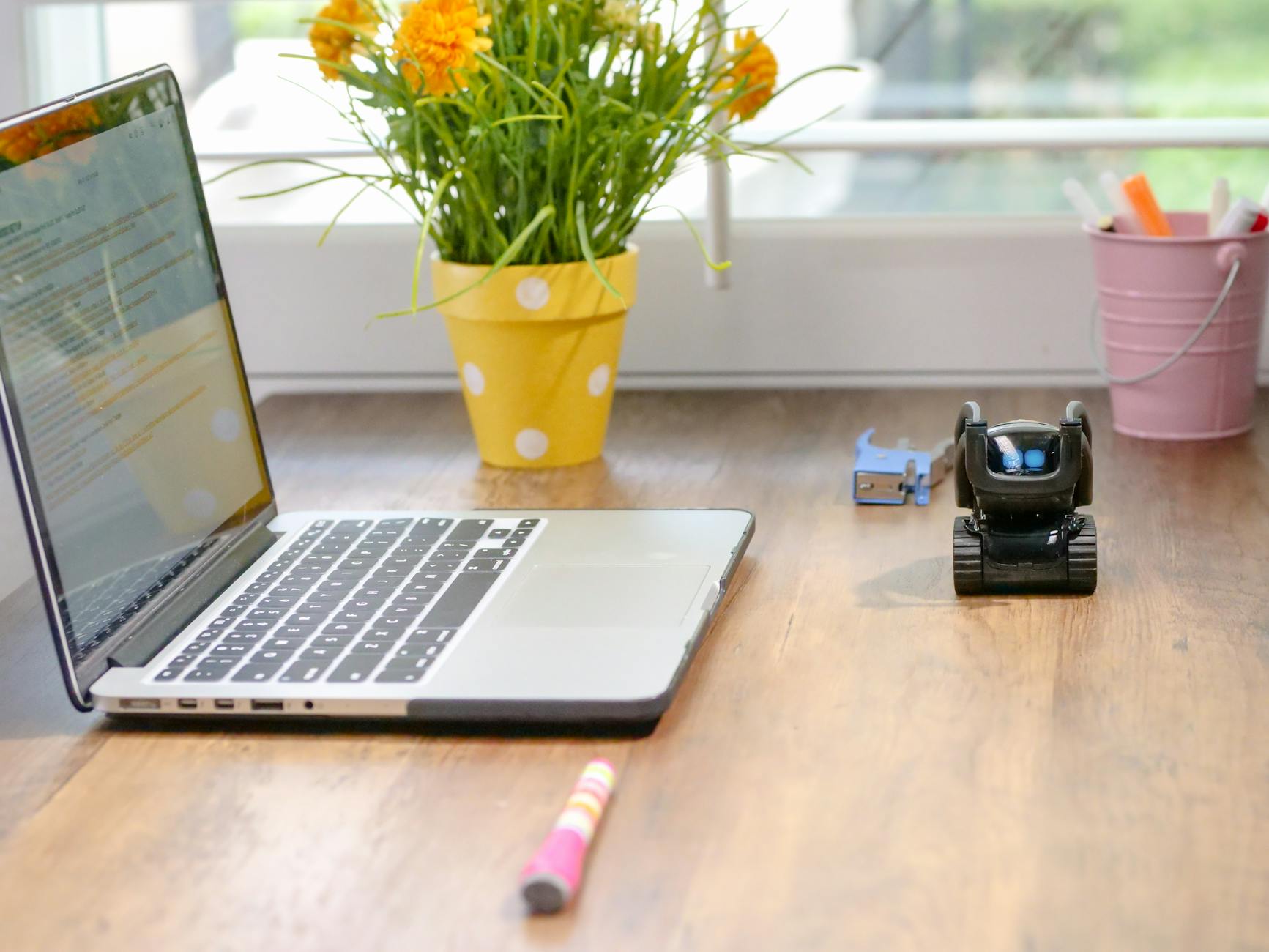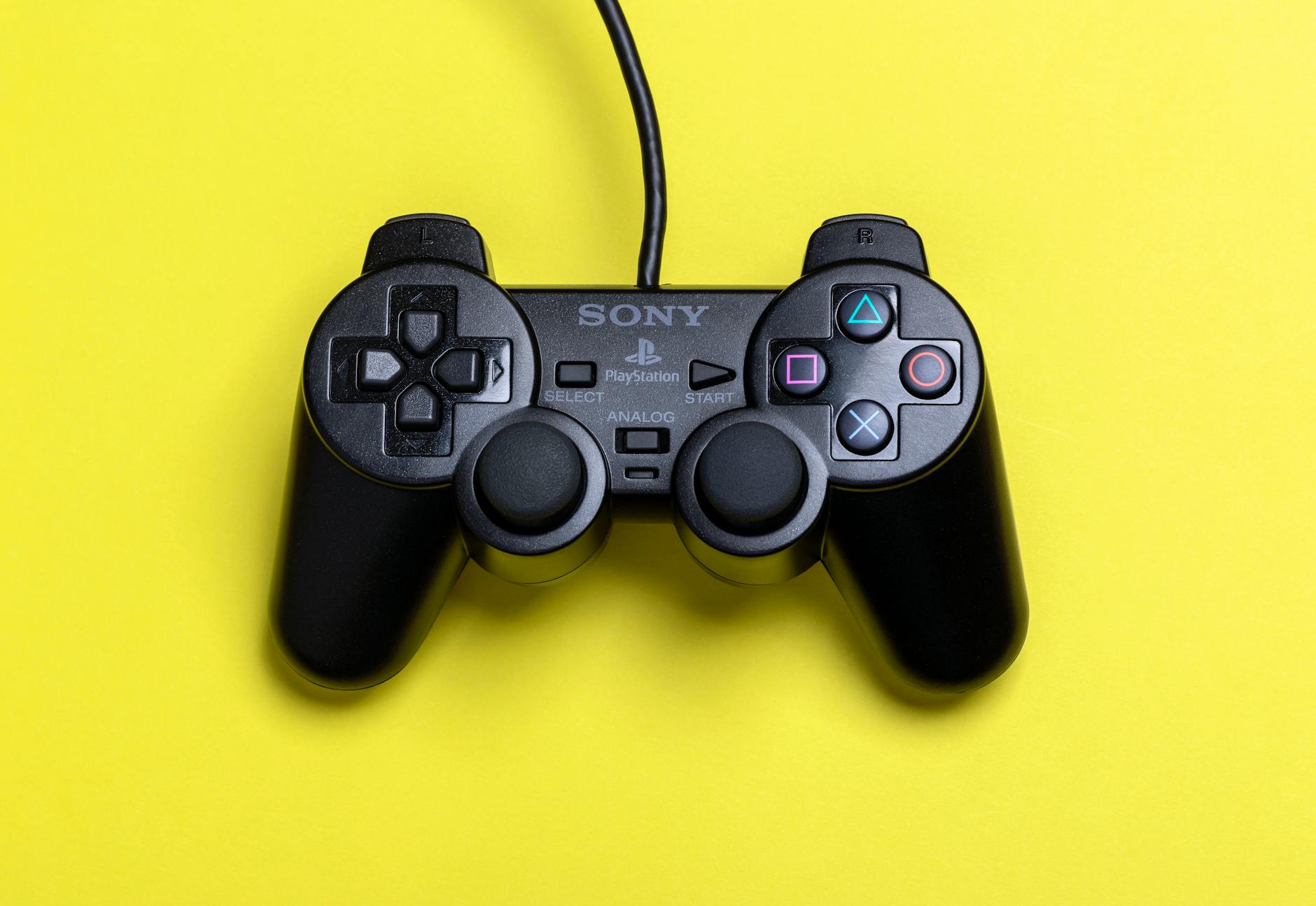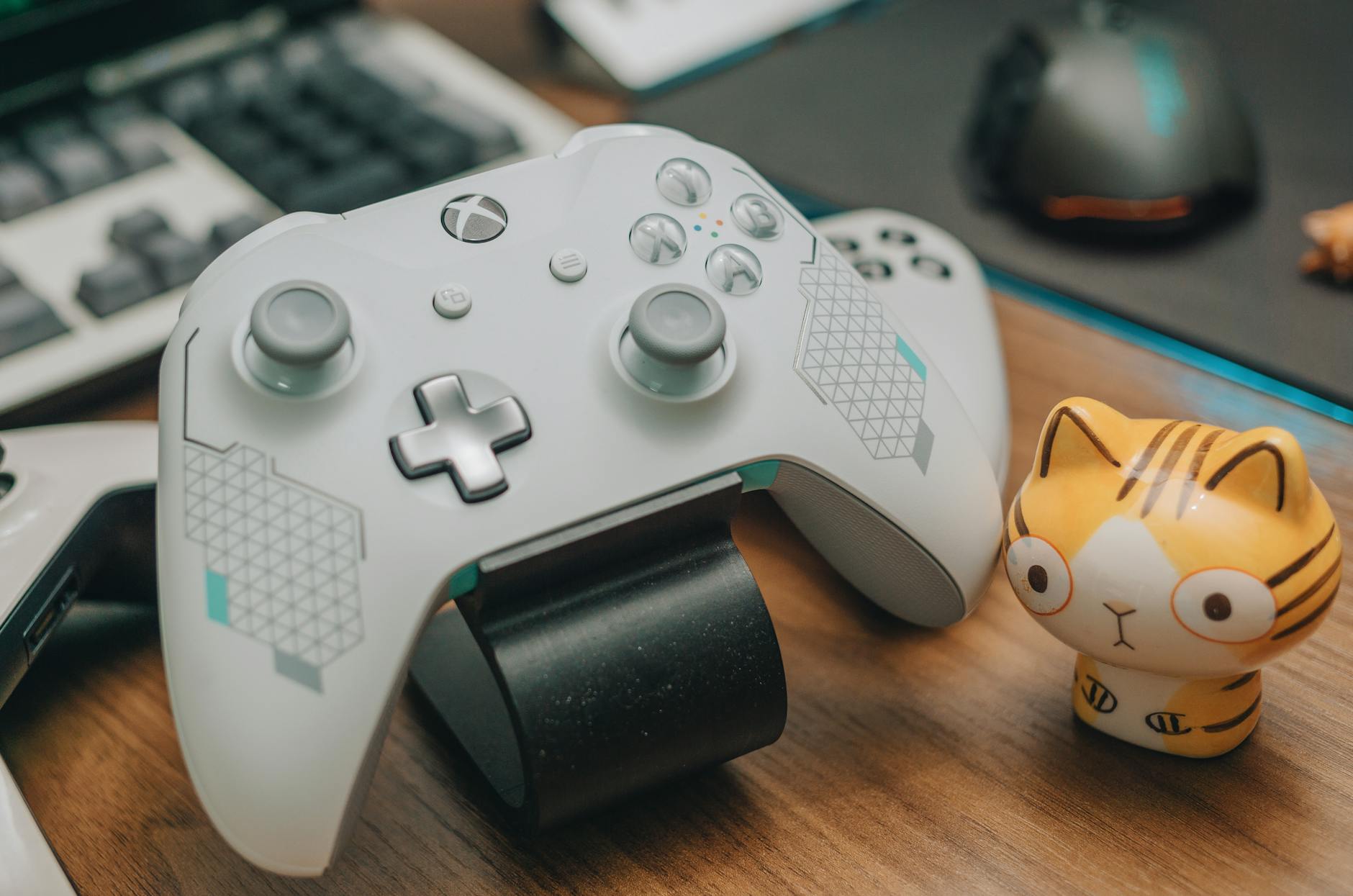How Home Entertainment Systems Benefit Australian Educational Institutions

Enhancing Learning with Audio
In the dynamic realm of educational innovation, audio plays a transformative role in creating immersive learning environments. As an educator, building a state-of-the-art home entertainment system in your lecture hall can enhance student engagement, much like the groundbreaking research conducted at the University of Sydney's educational research centres. Acoustic excellence ensures that every lecture resonates, figuratively and literally, providing a more inclusive auditory experience.
Sound Systems in Lecture Halls
Investing in quality loudspeakers is crucial for delivering clear and impactful sound throughout large spaces. When students can hear clearly, it enhances their ability to understand and retain information. Think of utilising acoustic panels to manage sound quality effectively, absorbing excess sound reflections, ensuring that speech is intelligible, and minimising distractions for learners.
Interactive Learning through Audio
Audio technology can transform passive learning into an interactive experience. By incorporating technology that allows students to interact with the material through auditory means, educators can significantly improve engagement. Consider workshops at UNSW, where hands-on experience with audio tools is pivotal. Providing students with the opportunity to manipulate and engage with sound deepens their understanding and fosters creativity.
Overcoming Acoustic Challenges
Challenges in room acoustics can hinder effective learning. Implementing strategies such as strategically placing loudspeakers and utilising modern technology enhances sound delivery. By addressing these acoustic issues, educators can create optimal learning conditions that empower students to thrive in their studies. This approach mirrors the strategies discussed at school conferences at the International Convention Centre Sydney, focusing on overcoming barriers to effective education.
Visual Systems in Education
Benefits of Motorised Screens
In today’s classrooms, the traditional static whiteboard is being replaced with dynamic ptz cameras and motorised screens, enhancing visual learning. These screens enable educators to easily display content, whether it’s a detailed graph or a vibrant video, providing a more engaging learning experience. Their ability to interact with various devices ensures that presentations are seamless and technologically forward. Schools in innovative hubs like Sydney have observed significant improvements in student engagement and comprehension when these technologies are implemented thoughtfully.
Implementing Projectors Effectively
Implementing projectors in educational settings requires thoughtful positioning and setting adjustments to optimise image quality. Begin by selecting a projector with the appropriate lumen output to ensure clear visibility even in well-lit rooms. Next, consider ceiling mounts or dedicated projector tables to position the equipment at the optimal angle. Adjust focus and zoom settings for clarity, and integrate the system with a high-quality recording microphone to support auditory learning, especially in larger spaces. Through workshops at UNSW, educators have uncovered new strategies for effectively implementing these technologies to cater to various classroom environments.
Adapting to Classroom Needs
Whether you are teaching a small seminar or a large lecture at the University of Sydney’s educational research centers, adapting visual systems to meet the specific needs of your classroom is crucial. Solutions might involve adjusting the screen size or reconfiguring the seating arrangement to ensure all students have a clear view. Regularly updating the classroom layout to accommodate new educational technologies can foster a more inclusive and effective learning atmosphere. This adaptable approach empowers teachers to provide a richer educational experience.
Creating Inclusive Environments
Accessibility Through Technology
As a visionary school principal, enhancing the learning landscape to be more inclusive is my foremost priority. With advancements in technology, accessibility in classrooms is not just an option but a necessity. Innovative solutions such as a motorised projector screen can significantly enhance the learning experience by making visual content more accessible to all students, regardless of their physical learning barriers. The seamless integration of such screens fosters an interactive and engaging educational environment.
Incorporating strategies from professional workshops at UNSW can equip educators with hands-on training to effectively implement these technologies. These workshops focus on maximising the potential of diverse learning tools, ensuring that all students engage in the dynamic process of education. Moreover, by leveraging insights from the University of Sydney's educational research centers, schools can adopt strategies that are research-backed and impactful in promoting inclusivity.
To further embrace technology, a universal remote can provide simplicity in managing various classroom devices, making the learning environment more adaptable for educators and students alike. This ensures that teachers spend less time on logistical challenges and more time on enriching student learning.
Implementing these tools and strategies encourages an inclusive approach to education within our schools. By doing so, we empower both educators and students, breaking down the barriers to learning and fostering an environment where every student has the opportunity to succeed.
Integration of Smart Technologies in Education
Universal Remote Systems for Classrooms
As a school principal keen on implementing advanced technology in educational settings, I find universal remote systems to be transformative. These systems simplify the control of various devices like projectors and audio equipment with a single remote, enhancing efficiency. Drawing on insights from professional workshops at UNSW, educators are equipped to integrate these technologies seamlessly. Tailoring remote functionality to suit an institution’s unique needs can considerably streamline tech operations, allowing educators to focus more on teaching rather than managing devices.
Automation in Educational Settings
Automation holds infinite possibilities for schools aiming to create dynamic learning environments. By automating lighting, climate control, and AV systems, schools can drastically reduce manual intervention and energy waste. Professional development seminars frequently spotlight automation's impact on reducing operational burdens. This approach not only optimises resource use but also fosters a conducive learning atmosphere, enabling students to better engage with the material as evidenced by school conferences at the International Convention Centre Sydney.
Designing Future-Proof Learning Spaces
Designing future-proof educational spaces requires careful planning, focusing on adaptability and technological readiness. With inspiration from the University of Sydney’s educational research centres, the integration of hearing loop systems can transform environments into truly inclusive settings. Considering scalability, it's crucial to invest in modular furniture, durable infrastructure, and flexible seating arrangements. These strategies empower educators and administrators to accommodate evolving technological advancements, strengthening the educational framework for years to come.
Best Practices
Choosing Resilient Tools
The selection of educational tools plays a crucial role in fostering a productive learning environment. Drawing from insights gathered at professional workshops at UNSW, it's evident that investing in video conferencing equipment Australia is essential for remote and hybrid learning settings. As educators, we need to prioritise tools that can withstand regular use and adapt to changing technological landscapes. A robust system not only supports day-to-day operations but also future-proofs our schools, reducing long-term costs and improving student engagement.
Empowering Through Training
Incorporating cutting-edge technology in our educational institutions requires effective training. At school conferences at the International Convention Centre Sydney, experts emphasise the importance of equipping both educators and students with the necessary skills to utilise these technologies. By organising regular professional development sessions and workshops, we can ensure that everyone feels confident and proficient. This proactive approach not only aids in overcoming initial learning curves but also guarantees that staff and students can fully exploit the potential of technologies like audio visual systems for schools.
Scheduled System Upkeep
Regular maintenance is key to the longevity and effectiveness of educational technologies. Collaborating with technical teams, as inspired by the methodologies from the University of Sydney's educational research centres, can provide us with a structured plan for periodic system checks. Scheduled maintenance helps in identifying potential issues early, minimising downtime, and ensuring continual access to learning resources. By investing time and resources in system upkeep, we pave the way for seamless operations and an enhanced educational experience for all.


